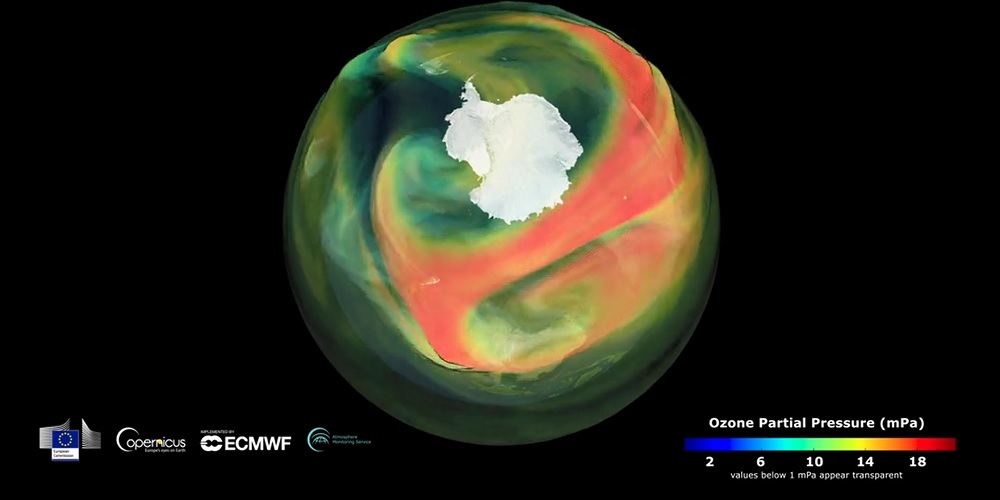
England explains the science behind annual ozone depletion, why this year’s ozone hole is larger and deeper – and what the means for the future of our climate.
View the full interview:
England makes the following comments:
On 2020’s ozone hole…
“It’s been particularly deep this year, amongst the deepest over the last 15 years. During winter, we had a very strong polar vortex over the Antarctic. The polar vortex varies from year to year, but this year it’s been particularly strong.”
On the 1989 Montreal protocol, an international treaty designed to protect the ozone layer…
“Without the protocol, we would be looking at a complete destruction of the ozone layer of Antarctica. This would grow in time, toward Australia and towards the tropics.”
On COVID-19 and carbon emissions…
“I think the pandemic is hopefully something we look at back on in a couple of years or a couple of decades and say, that was the moment that the world reset its course on carbon emissions. If not, we’re going to have a catastrophic level of climate change that will dwarf the costs of this pandemic.”
Media note: If you embed the video, it is important that you credit “Global Science TV” in the picture caption.
Download: https://vimeo.com/467050678/505d20d8e3
Embed: <iframe src=”https://player.vimeo.com/video/467050678” width=”640″ height=”360″ frameborder=”0″ allow=”autoplay; fullscreen” allowfullscreen></iframe>
Subscribe to our series: https://www.youtube.com/channel/UCSL1Z5osHy4DOEVByCxh0-A
Media contact: [email protected] – 0488 766 010